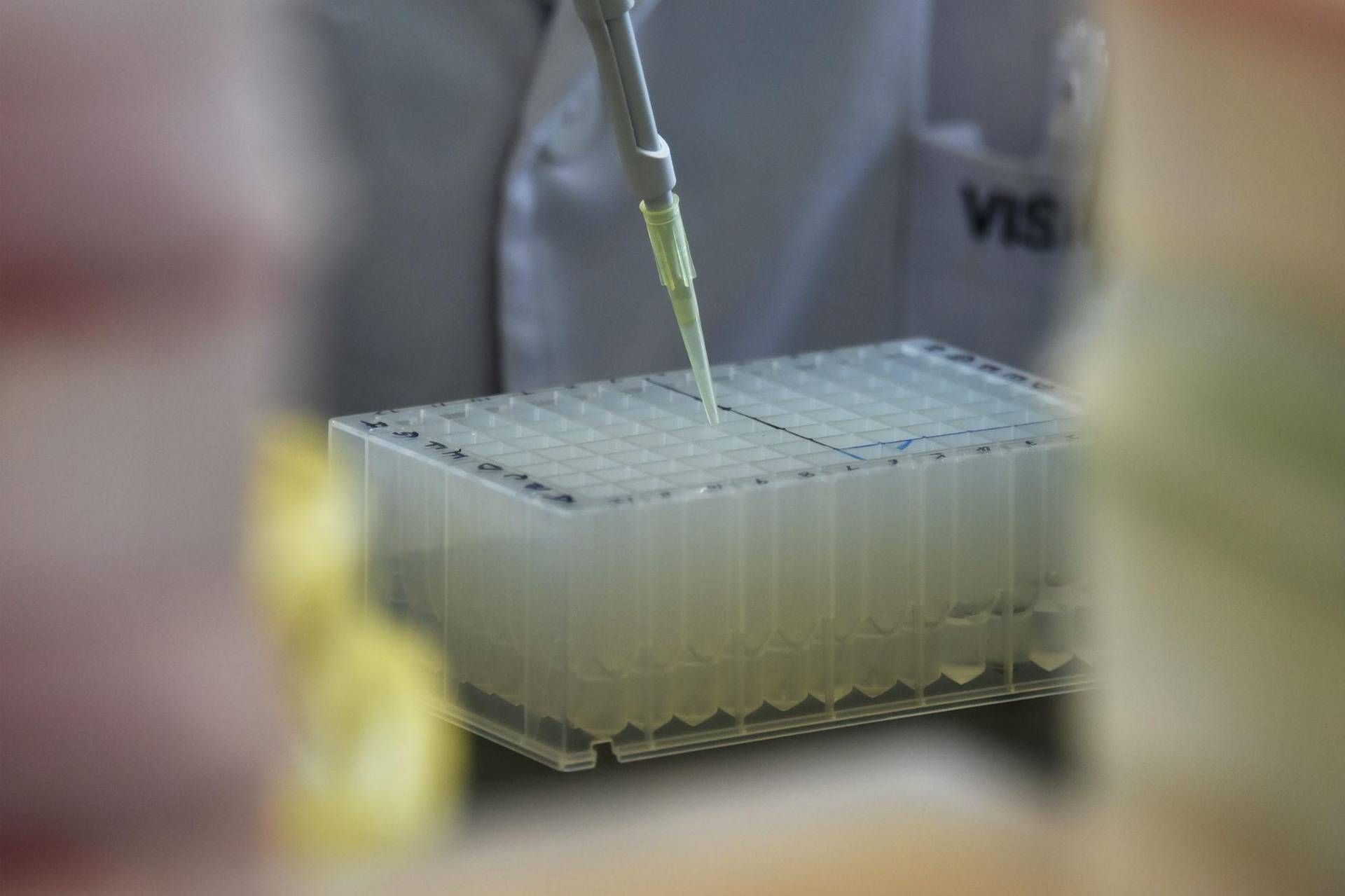Spotlights on the boom of Candida auris cases in the USA where the CDC have raised the alarm for the growing spread of infections from this fungus. But what is it, what are the symptoms and the cure and how is it transmitted? The point is made by EpiCentro, the epidemiology site of the Istituto Superiore di Sanità.
THINGS – “Candida auris is a fungus isolated for the first time in 2009 in Japan from the ear (in Latin “auris”) of a woman – reads the website – however the first known isolate dates back to 1996 retrospectively identified in a collection of Korean samples. The first European outbreaks date back to 2015 in France while in Italy the first case of invasive infection was identified in 2019 followed by an outbreak in the Northern Regions in the two-year period 2020-2021″.
THING CAUSES – “Candida auris has been isolated from a number of body sites, including the skin (very common), the urogenital tract (common), and the respiratory tract (occasional), and more rarely causes invasive infections, such as candidaemia, pericarditis, infections and pneumonia” explains EpiCentro, warning that “Candida auris is an emerging type of Candida that poses a serious threat to global health for several reasons: it is often resistant to more antifungal drugs than those commonly used to treat Candida infections (multidrug resistance); is difficult to identify in laboratories without specific technologies, resulting in inappropriate management; people can get Candida auris infections without knowing it and this colonization can last a long time; can cause epidemic outbreaks in health care settings , even if the possible spread in the community is not excluded; it is very infectious and in general the infections i are low in severity, however in immunocompromised individuals it can cause serious infections; presents a high lethality in the invasive forms; it has the ability to create biofilm which makes it not very susceptible to disinfectants and therefore particularly resistant on surfaces”.
HOW IT IS TRANSMITTED – Candida auris can be transmitted through contact with contaminated surfaces and/or medical devices or contact between colonized or infected people – reads the ISS epidemiology website – Patients who are more at risk of contracting a Candida auris infection : have pre-existing health problems; are hospitalized or in nursing homes; require invasive medical devices (e.g. bladder catheters, central venous catheters, tracheostomy tubes, etc.); have a weakened immune system. In addition, patients colonized with C. auris undergoing surgical procedures may have an increased risk of surgical site infections, therefore skin preparation with an alcohol-based disinfectant agent is recommended unless contraindicated.
SYMPTOMS – The signs and symptoms of Candida auris infection “vary according to the affected body site, however the symptoms may not be evident as patients who contract the infection are often already hospitalized and suffering from other pathologies that can hinder their diagnosis The clinical pictures most frequently encountered in Candida auris infections are: bloodstream infections intra-abdominal infections wound infections otitis In addition, Candida auris has been isolated from biliary fluid, respiratory tract and urine, but has not yet been whether it can cause infections, lungs and bladder”.
DIAGNOSIS – “Like other Candida infections, C. auris infections are diagnosed by culture of blood or other body fluids. However, in laboratory tests C. auris can be confused with other Candida species (particularly Candida haemulonii), so special laboratory tests are required for correct identification Diagnostic tools based on MALDI-TOF (Matrix Assisted Desorption Ionization – Time Of Flight) technology are able to distinguish C. auris from other Candida spp., but not all databases of reference of the MALDI-TOF spectrometers include this species. When a particular resistance profile of Candida spp. is found, the auris species may be suspected, but for confirmation it is necessary to contact a reference laboratory. All strains of C auris from clinical isolation should undergo antifungal susceptibility testing to rule out therapy with drugs to which it is resistant.”
THERAPY – Most C. auris infections “are treatable with a class of antifungals, the echinocandins. Some infections are particularly difficult to treat – explains EpiCentro – due to multi-resistance to various antifungal agents, including fluconazole (and other azoles ), amphotericin B, and echinocandins. This involves therapy with more drugs and at higher doses. Even after treatment for invasive infections, patients typically remain colonized for long periods, therefore, all infection control measures should be followed during and after treatment of C. auris infection. In particular, patients who become colonized with C. auris are at risk of developing invasive infections at any time.”
